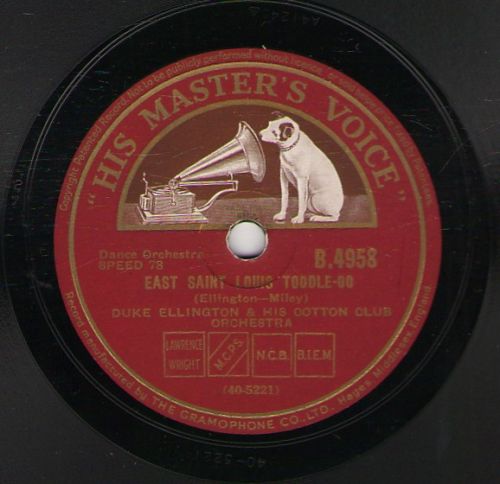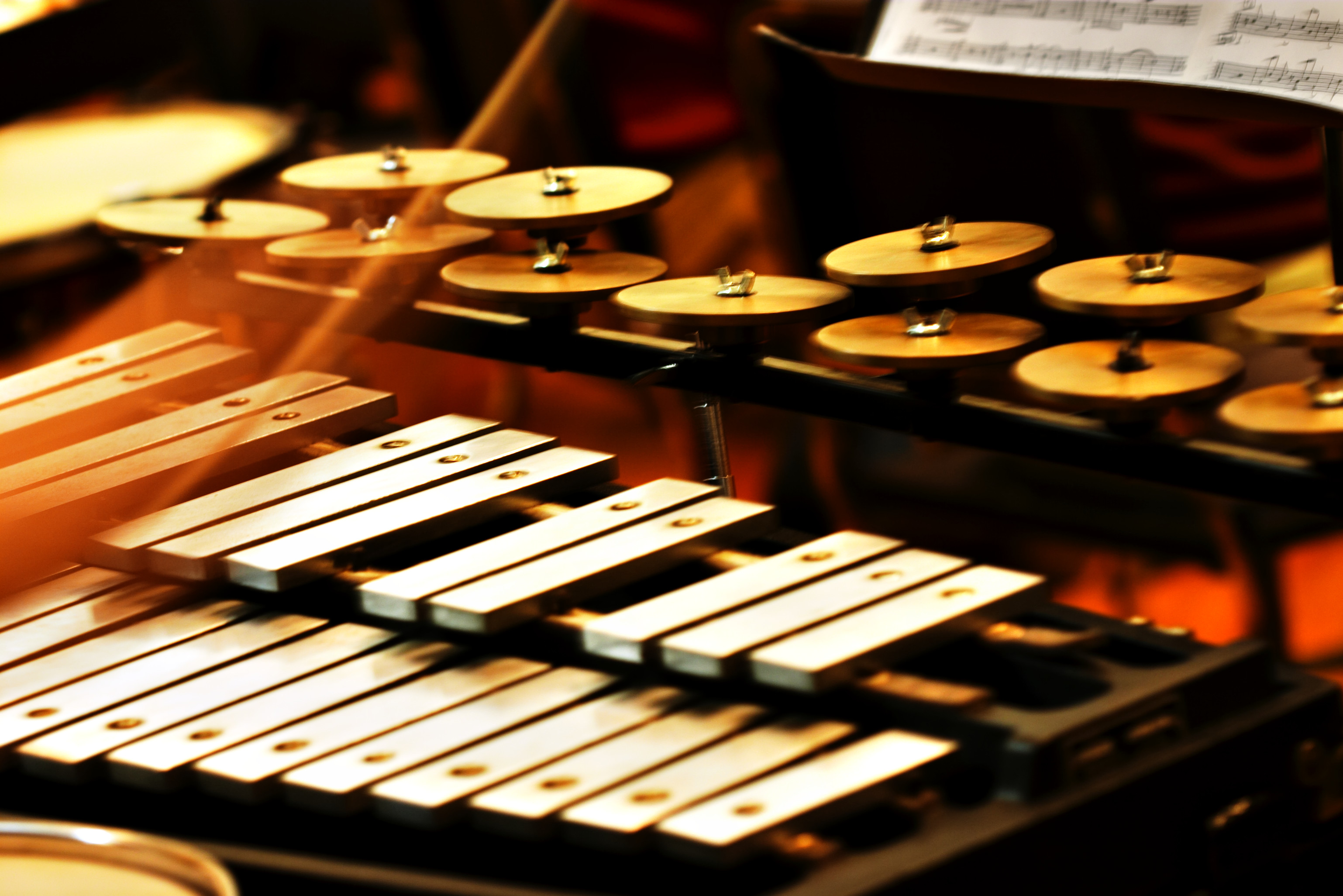|
In A Nutshell
''In a Nutshell'' is a musical composition by Percy Aldridge Grainger for orchestra, piano, and Deagan percussion instruments. The suite, published in 1916, is made up of four movements: "Arrival Platform Humlet", "Gay But Wistful", "Pastoral", and "The Gum-Suckers March". Grainger later made versions for both solo piano and piano duo. It is described as one of the early modernist works of Grainger. It premiered on 8 June 1916 at the summer Norfolk Festival, with Grainger on piano, under conductor Arthur Mees. Other early performances were made by the San Francisco Symphony, New York Philharmonic, Philadelphia Orchestra, and the Minneapolis Symphony Orchestra in the following winter. Composition The first movement, "Arrival Platform Humlet", was originally written in 1908 for solo viola as one of Grainger's earliest works. In his words, the humlet (which he defined as a "little ditty to hum") came from: "awaiting the arrival of a belated train bringing one’s sweethea ... [...More Info...] [...Related Items...] OR: [Wikipedia] [Google] [Baidu] |
Suite (music)
A suite, in Western classical music, is an ordered set of instrumental or orchestral/concert band pieces. It originated in the late 14th century as a pairing of dance tunes; and grew in scope so that by the early 17th century it comprised up to five dances, sometimes with a Prelude (music), prelude. The separate Movement (music), movements were often thematically and tonally linked. The term can also be used to refer to similar forms in other musical traditions, such as the Ottoman Classical Music, Turkish fasıl and the Arab music, Arab nuubaat. In the Baroque music, Baroque era, the suite was an important musical form, also known as ''Suite de danses'', ''Ordre'' (the term favored by François Couperin), ''Partita'', or ''Ouverture'' (after the theatrical "overture" which often included a series of dances) as with the orchestral suites of Christoph Graupner, Georg Philipp Telemann, Telemann and Johann Sebastian Bach, J.S. Bach. During the 18th century, the suite fell out of fav ... [...More Info...] [...Related Items...] OR: [Wikipedia] [Google] [Baidu] |
Duke Ellington
Edward Kennedy "Duke" Ellington (April 29, 1899 – May 24, 1974) was an American Jazz piano, jazz pianist, composer, and leader of his eponymous Big band, jazz orchestra from 1924 through the rest of his life. Born and raised in Washington, D.C., Ellington was based in New York City from the mid-1920s and gained a national profile through his orchestra's appearances at the Cotton Club in Harlem. A master at writing miniatures for the three-minute 78 rpm recording format, Ellington wrote or collaborated on more than one thousand compositions; his extensive body of work is the largest recorded personal jazz legacy, and many of his pieces have become Standard (music), standards. He also recorded songs written by his bandsmen, such as Juan Tizol's "Caravan (1937 song), Caravan", which brought a Spanish tinge to big band jazz. At the end of the 1930s, Ellington began a nearly thirty five-year collaboration with composer-arranger-pianist Billy Strayhorn, whom he called his writ ... [...More Info...] [...Related Items...] OR: [Wikipedia] [Google] [Baidu] |
Xylophone
The xylophone (; ) is a musical instrument in the percussion family that consists of wooden bars struck by mallets. Each bar is an idiophone tuned to a pitch of a musical scale, whether pentatonic or heptatonic in the case of many African and Asian instruments, diatonic in many western children's instruments, or chromatic for orchestral use. The term ''xylophone'' may be used generally, to include all such instruments such as the marimba, balafon and even the semantron. However, in the orchestra, the term ''xylophone'' refers specifically to a chromatic instrument of somewhat higher pitch range and drier timbre than the marimba, and these two instruments should not be confused. A person who plays the xylophone is known as a ''xylophonist'' or simply a ''xylophone player''. The term is also popularly used to refer to similar instruments of the lithophone and metallophone types. For example, the Pixiphone and many similar toys described by the makers as xylophones have b ... [...More Info...] [...Related Items...] OR: [Wikipedia] [Google] [Baidu] |
OCLC
OCLC, Inc. See also: is an American nonprofit cooperative organization "that provides shared technology services, original research, and community programs for its membership and the library community at large". It was founded in 1967 as the Ohio College Library Center, then became the Online Computer Library Center as it expanded. In 2017, the name was formally changed to OCLC, Inc. OCLC and thousands of its member libraries cooperatively produce and maintain WorldCat, the largest online public access catalog in the world. OCLC is funded mainly by the fees that libraries pay (around $217.8 million annually in total ) for the many different services it offers. OCLC also maintains the Dewey Decimal Classification system. History OCLC began in 1967, as the Ohio College Library Center, through a collaboration of university presidents, vice presidents, and library directors who wanted to create a cooperative, computerized network for libraries in the state of Ohio. The gr ... [...More Info...] [...Related Items...] OR: [Wikipedia] [Google] [Baidu] |
Keyboard Percussion Instrument
A keyboard percussion instrument, also known as a bar or mallet percussion instrument, is a pitched percussion instrument arranged in the same pattern as a piano keyboard and most often played using mallets. While most keyboard percussion instruments are fully chromatic, keyboard instruments for children, such as ones used in the Orff Schulwerk, may be diatonic or pentatonic. Despite the name, keyboard instruments such as the celesta and keyboard glockenspiel are not considered keyboard percussion instruments, despite being idiophones, due to the different skillsets required to play them. This is because keyboard percussion instruments do not possess actual keyboards, but simply follow the arrangement of the keyboard. Common keyboard percussion instruments include marimba, xylophone, vibraphone, glockenspiel, and tubular bells Tubular bells (also known as chimes) are musical instruments in the Percussion instrument, percussion family. Their sound resembles that o ... [...More Info...] [...Related Items...] OR: [Wikipedia] [Google] [Baidu] |
Meredith Music
GIA Publications, Inc. is a major publisher of hymnals, other sacred music, and music education materials that is currently located in Chicago. The organization was initially the publishing arm of the Gregorian Institute of America (1941–1965); a school affiliated with the Roman Catholic Church that was initially established in Pittsburgh but operated for the majority of its history in Toledo, Ohio. The school specialized in training choral conductors in the methods of teaching choirs to sing Gregorian chant. After the school's closure following the Second Vatican Council, the publishing part of the school was sold to the Harris family. Gregorian Institute of America The Gregorian Institute of America was originally named the Catholic Choirmasters Correspondence Course. Established in Pittsburgh, Pennsylvania in 1941, the organization was founded by Clifford Bennett as a summer institute for liturgical music. When the school oriented its focus onto Gregorian chant, the name was c ... [...More Info...] [...Related Items...] OR: [Wikipedia] [Google] [Baidu] |
List Of Concert Band Literature
This is a list of some of the standards of concert band repertoire. Original works This is an inclusive list of the accepted standard works written specifically for concert band or wind ensemble. Cornerstone works The following works are some of the most universally respected and established cornerstones of the band repertoire. All have "stood the test of time" through decades of regular performance, and many, either through an innovative use of the medium or by the fame of their composer, helped establish the wind band as a legitimate, serious performing ensemble. ; Kenneth J. Alford (Fred J. Ricketts) :Colonel Bogey (1914) ;Samuel Barber :Commando March (1943) ;Robert Russell Bennett : Suite of Old American Dances (1949) : Symphonic Songs for Band (1957) ;Hector Berlioz : Grande symphonie funèbre et triomphale, Op. 15 (1840) ; Arthur Bird :Suite in D Major, Op. 29 (1889) ;John Barnes Chance :Elegy (1972) :Incantation and Dance (1960) :Symphony No. 2 (1972) : Variations on a ... [...More Info...] [...Related Items...] OR: [Wikipedia] [Google] [Baidu] |



